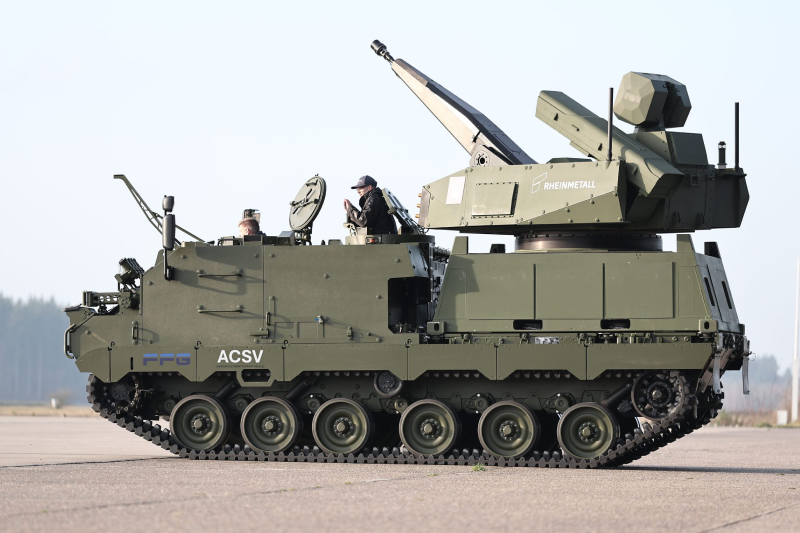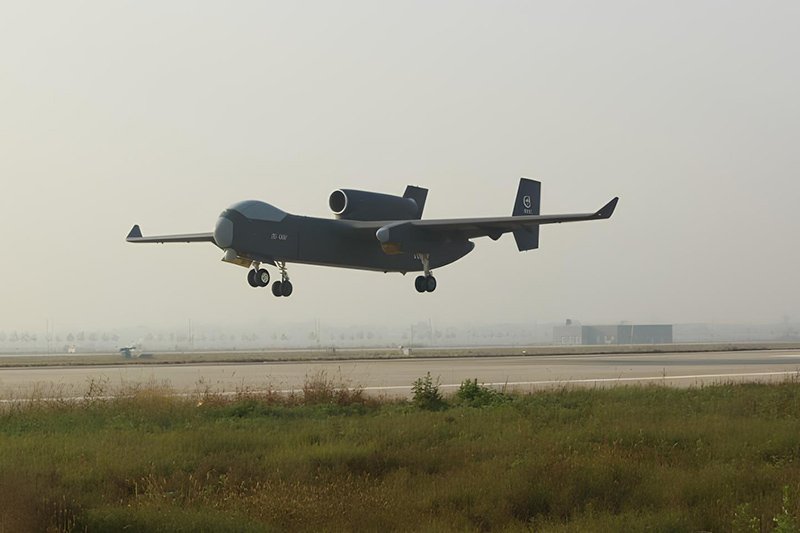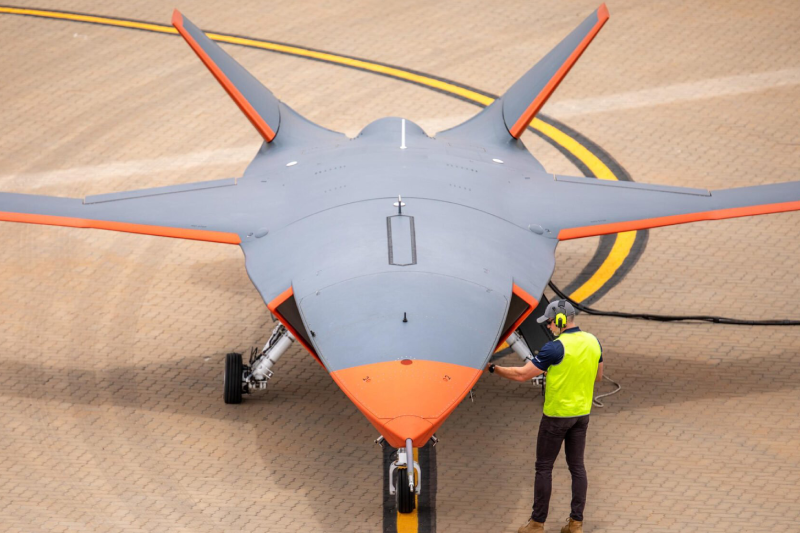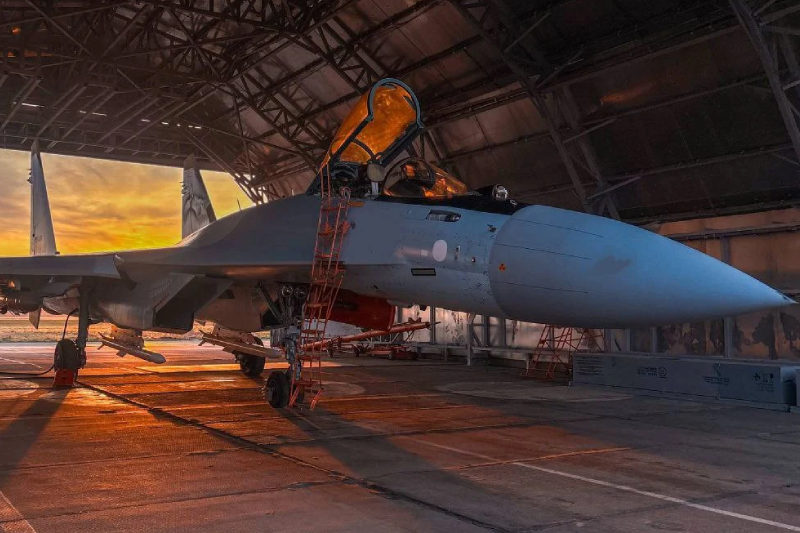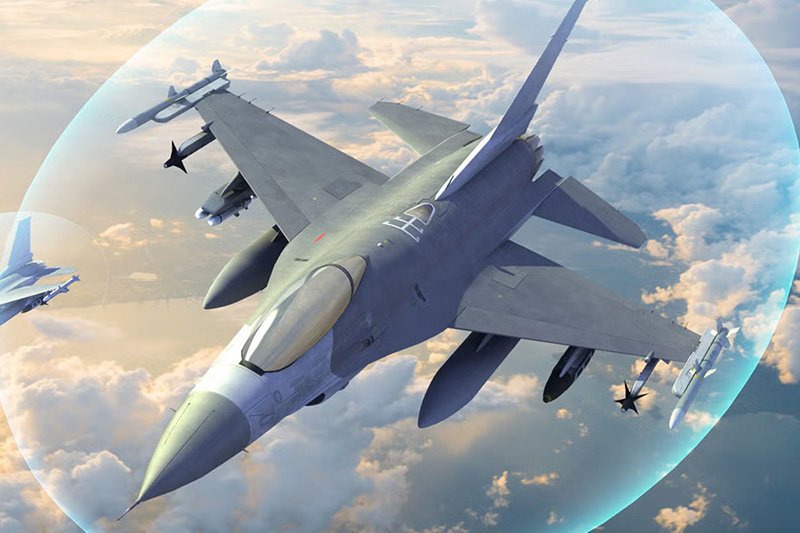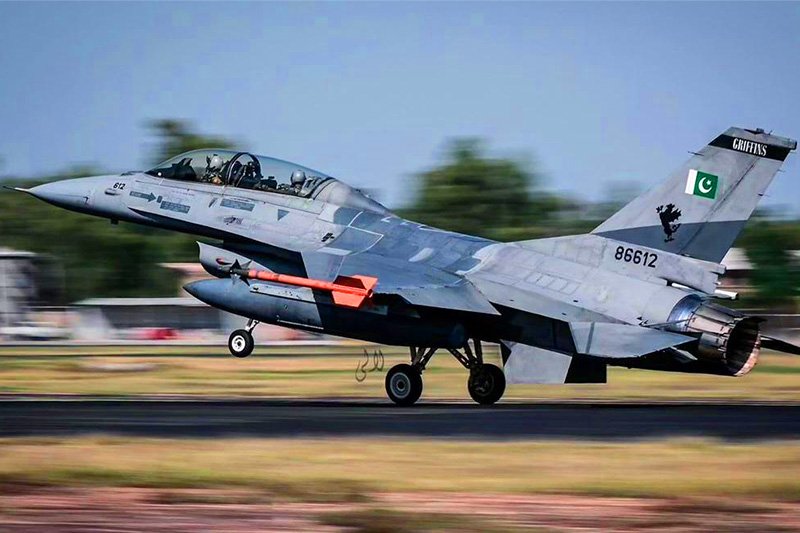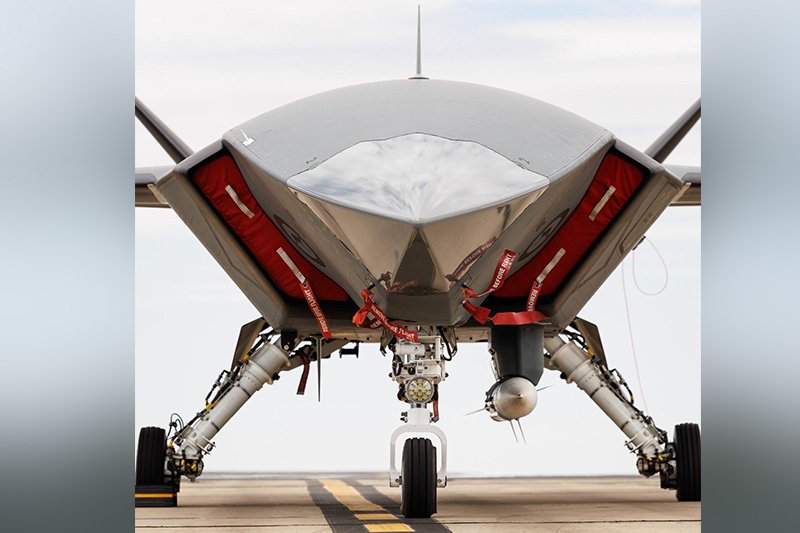Successful Australia PrSM Missile Test Boosts Indo-Pacific Security
A successful test of the Australia PrSM long-range missile firing has been scored as a major milestone towards full military capability by Australia, as the PrSM test at the U.S. Milestones Range firing point was the first actual operational launch of the US-made Precision Strike Missile (PrSM) fired within Australian territory. The launch of the test at Mount Bundey Training Area, the Northern Territory, proved the Australian Army’s long-range strike capabilities, which offer a significant change in the defense posture of the country in the Indo-Pacific region.
The PrSM missile Australia test presented excellent performance characteristics, and the weapon moved over 300 kilometers in only four minutes and three seconds. Unable to exceed speeds of more than 4,000 kilometers per hour, the missile still had an impressive accuracy of striking the target, and it proved that the system is ready to be deployed to Australian defense needs.
Strategic Importance of Australia’s Procurement of PrSM
Defence Industry Minister Pat Conroy noted how important the capability of the Australian precision strike missile was as he outlined the development as a historic milestone in the region in terms of deterrence. According to the minister, this development is all about extending deterrence in the Indo-Pacific, all about signalling to any potential adversary that pain can be imposed, all about deterring war by being strong.
Australian military missile test is not just a symbol of advanced technology; it is a way of Australia expressing its interests in preserving regional stability by positioning itself in a stronger defensive stance. Such strategic messaging is in line with the general Indo-Pacific security efforts and expresses the willingness of Australia to participate meaningfully in allied defense collaboration.
Technical Specifications and Operability
The deployment of the PrSM in Australia has dramatically increased the range of operation and the level of tactical mobility of the Australian Army. The weapon launched using a High Mobility Artillery Rocket System (HIMARS) will propel the weapon an additional distance of up to 500 kilometers (more than a sixteen-fold improvement over the previous range of 30 kilometers).
High-Level Performance Features
Speed and Precision:
The long-range missile Australia tested showed that the PrSM could achieve more than 4,000 kilometers per hour in speed and pinpoint accuracy. This velocity and accuracy can bring great tactical value in a contemporary war environment.
Decreased Response Time:
According to Alex Miller, Chief Technology Officer in the U.S. Army, the missile has a tactical advantage, decreasing response time on the target. Targets also have significantly fewer countermeasures and escape opportunities as a result of the system, which has a rapid deployment capability of only six to seven minutes instead of a traditional 15 to 20 minutes.
Precision Lethality:
The PrSM precision strike capability is not meant to cover large areas but instead to be very precise in targeting high-value objects. Miller has mentioned that an effective aspect of the weapon is that it can seek its target and not destroy randomly.
Also Read This: Mitsubishi Upgrades Japan’s Type 10 Battle Tanks
Incorporation into the Current Systems
A successful test of the Australian HIMARS PrSM shows an inseparable combo of an American-manufactured launcher system and munitions of accuracy. This interoperability makes it agreeable that the Australian forces can take advantage of the available HIMARS platforms and, at the same time, acquire far more lethal strike capacity with the PrSM upgrade.
The deal signed between Australia and the United States over the missile has a cost of 310 million, and that does not only include the missiles but also the access to use the high-level munitions that would be made in the future, and support for the maintenance of the Australian troops over a long period.
Exercise Talisman Sabre
The PrSM test and, Talisman Sabre exercise further presented a perfect scenario to showcase the capability of the missile in terms of its operational use under the multinational training scenario. This training will be the biggest Talisman Sabre ever since its start in 2005, when 40,000 soldiers from 19 countries have taken part in complex combined training.
Multinational Training Environment
Australia conducted its missile test exercises under realistic combat conditions, including live-fire, air and sea combat, and maritime exercises that simulated a real combat environment. This multi-faceted training infrastructure ensures that forces integrate the PrSM in realistic operational scenarios, validate its technical performance, and refine tactical employment processes.
The multinational character of Talisman Sabre demonstrates the Indo-Pacific missile defense collaboration between the partner countries. Successful PrSM deployment in Australia broadens the opportunity of mutual interoperability with the forces of the U.S. and other allies, establishing joint means of operations in the region, which is more workable.
Tactical Pacific Consequences
Senior U.S. military officials have openly acknowledged the greater strategic environment surrounding Australia’s long-range weapons acquisition. U.S. Army Secretary Dan Driscoll directly outlined the geopolitical aspects, stating that China is the pacing threat and explaining that military modernization efforts focus on staying prepared to counter potential Chinese aggression.
Regional Enhancement of Deterrence
The enhancement of the Australian defense missile capability is a part of the general deterrence mechanisms of the region, based on developing credible defensive capabilities against potential enemies. The acquisition of precision strike capabilities in long-range form in Australia can only display the intentions of sustaining the balance of regional powers via strength and not via aggression.
General Randy George, the chief of staff of the U.S. Army, cited the importance of speeding up military modernization because the existing strategic setting is fast demanding it. Living in the era of high rates of change and technological growth is an indication of the understanding that staying at the top is possible only when one adapts to new threats and innovative possibilities continuously.
Allied Cooperation Framework
The deployment of the PrSM missile by Australia makes Australia among a swelling number of allies that the U.S. has access to precision fires of extended range. Such a greater reach increases operational flexibility in the Indo-Pacific between allied forces that could operate in a larger geographical area using fewer deployed assets.
These strong bilateral defense relationships, including a commitment to regional security, are witnessed through the Australia-US missile cooperation. Sharing of the technology at this scale boasts of extreme levels of trust and strategic considerations that are way beyond one-dimensional trickery in weapons.
Operation and Tactical Uses and Applications
The Australian Army’s capabilities of PrSM offer considerable tactical opportunities that advance ring-side tactics and options. The participation of the weapon system in targeting at long distances with still high levels of accuracy brings up new opportunities in the projection of the force and area denial activities.
Increased Force Projection
The Australia PrSM missile test signifies a major leap in striking capacity, allowing Australian forces to exercise power over significantly larger geographical regions without the need to forward locate assets. This is especially useful in such a vast operational area like the Indo-Pacific, where traveling long distances between strategic sites is often required.
Reduced Risk Exposure:
The long-range capabilities enable the Australian forces to be able to take advantage of targets out of the enemy’s targeting ranges, hence exposing the Australian forces to less risk, exposing both personnel and equipment without compromising operations at all.
Flexible Deployment Options:
The long-range strike Australia capability will give the military planners more options about asset deployment and tactical employment of assets, improving overall flexibility of operations.
Interconnectivity with the Defense Policy
The Australia precision weapons purchase falls in line with bigger defence modernisation processes that put priority on technological advantage and strategic deterrence. PrSM capability does help Australia to contribute to the allied operations satisfactorily, but still able to defend itself.
Future Implications and Development
Successful Australia PrSM missile test creates a background for future modernization of the military and improvement of cooperation in the region. This demonstration of capability verifies that investment in advanced weapons systems is worthwhile, in addition to giving useful operating experience to Australian forces.
Technology Development Paths
The agreement also provides future production options, which leaves open the possibility that increased participation in PrSM production or modification programs may occur in Australia. Such a form of technology transfer would potentially see the defense industry capabilities of Australia improved with fewer cost implications of long-term purchases.
Maintenance and Support:
The maintenance and support regime based on comprehensive long-term maintenance support will enable a sustained state of operational readiness and develop Australian technical expertise in cutting-edge missile technology. This knowledge transfer adds to the capabilities of the national defense industrial base.
Regional Security Transition
The proliferation of Indo-Pacific long-range missiles among allied nations results in a stronger collective defense ability, together with preserving national defense independence. The effective contribution of Australia to this new evolving security architecture is the successful PrSM integration.
In conclusion:
The Australia PrSM long-range missile test, held in history, is a breakthrough in the Australian military and in the sector of security cooperation with allies. This effective conduct of precision strike at long-range is an essential change in what Australia can strategically accomplish in the Indo-Pacific region.
The technical capabilities of outstanding performance, the flawless integration of the systems, and the use of deterrence to brilliantly convey the strategic message illustrate the importance of high-level allied collaboration in solving the new security issues. The Australian long-range missile program will be one of the pillars of stability and deterrence in the region as Australia constantly expands such capabilities.
The effective demonstration in Exercise Talisman Sabre confirms not only the technical aptitude of the PrSM system, but also improves its strategic worth as it signifies Australia and its allies’ pursuit in keeping the region at peace, through strength, in an ever-changing environment of security.
Join us on Facebook, Twitter, YouTube, Instagram, and TikTok for real-time coverage of defense events worldwide.
Discover more from International Defence Analysis
Subscribe to get the latest posts sent to your email.


